Are you ready to level up your paintball game? Tired of those boring, mundane battlefields that offer no excitement or challenge? Well, get ready to transform your backyard into the ultimate paintball arena with this DIY guide on creating incredible paintball bunkers at home. Designed to mimic the setups used by the pros, these bunkers will take your paintball experience to a whole new level. Whether you’re a casual player looking for some backyard fun or a seasoned paintball fanatic seeking a competitive edge, our step-by-step instructions and expert tips will help you turn your dreams into reality. So strap on your gear, grab your paintball marker, and prepare for an adrenaline-fueled adventure in your very own backyard battleground.
What is a paintball bunker?
A paintball bunker, also known as a cover or obstacle, is an object used in the sport of paintball to provide players with protection and strategic positioning during a game. They come in various shapes, sizes, and materials, and are often placed strategically throughout the playing field.
The main purpose of a paintball bunker is to offer players temporary shelter from incoming projectiles such as paintballs. By providing a physical barrier, it allows players to take cover and plan their next move without being hit by their opponents.
Apart from serving as a form of protection, paintball bunkers also play an important role in creating a dynamic and challenging playing environment. Bunkers can be placed in different configurations to create obstacles and challenges for players, promoting teamwork and strategy.
Paintball bunkers are often placed in a way to create a balanced and fair playing field for both teams. This ensures that no team has an unfair advantage due to the layout of the field. As paintball continues to evolve as a sport, new types of bunkers are constantly being introduced. From simple wooden barricades to elaborate inflatable structures, there is no limit to the creativity that can be incorporated into bunkers.
In conclusion, paintball bunkers are not only essential for safety and protection in the game, but they also add a strategic and dynamic element to gameplay. Whether you’re a beginner or an experienced player, mastering the use of different types of bunkers is crucial for success on the paintball field.

Types of paintball bunkers
Can
This type of bunkers is usually used for cover or as objectives during a game. They can be easily moved and placed according to the needs of the players. Can bunkers are typically cylindrical or rectangular in shape, providing a small area for cover. Players can use these bunkers to hide behind and shoot at opponents while minimizing their exposure. Can bunkers also allow for strategic movement and communication between teammates during a game.
Walls
Walls are the most common type of bunkers in paintball. They are typically made of inflatable materials or plastic and can vary in height and shape. Walls provide ample cover for players while also allowing them to peek over the top or shoot through small gaps to take down opponents. These bunkers require teamwork and communication to effectively use as they can be easily flanked by opponents.
Rollie Bunkers
Rollie bunkers are small, cylindrical inflatable bunkers that can be rolled around the field. They are often used as movable cover or to create obstacles for players to navigate around. Rollie bunkers can also be placed in strategic locations to block opponents’ view and movements. These bunkers require quick thinking and agility to use effectively.
Dorito Bunkers
Dorito bunkers are another common type of paintball bunker. They are triangular in shape and provide players with multiple shooting angles and cover options. Dorito bunkers can also be stacked on top of each other to create more complex structures on the field. These bunkers require skill and precision to use as they can leave players exposed if not utilized correctly.
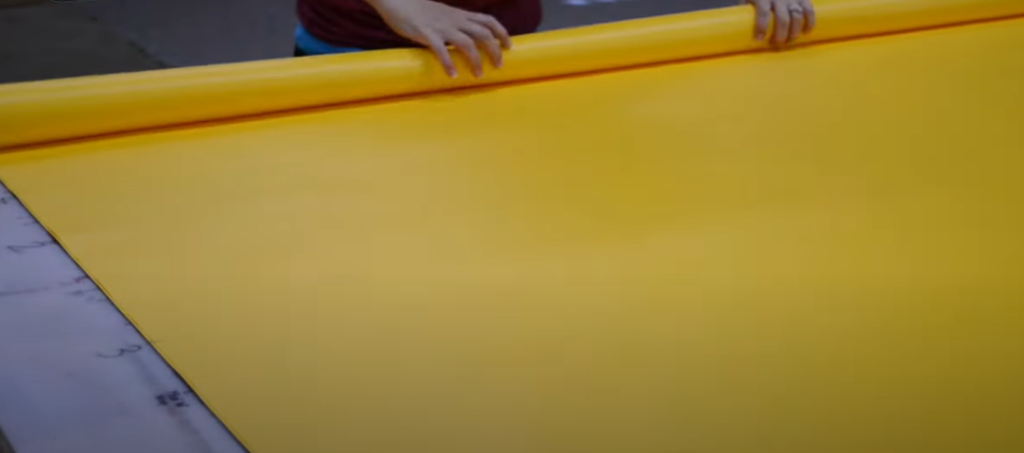
Temple Bunkers
Temple bunkers are the largest type of bunker in paintball. They provide players with significant cover and can accommodate multiple players at once. Temple bunkers often have multiple levels and shooting windows, allowing for strategic movements and ambushes during a game. These bunkers require coordination among teammates to defend and control as they are crucial objectives to capture.
X-bunker
X-bunkers are a newer type of bunker in paintball, designed to resemble the letter X when viewed from above. They provide players with unique shooting angles and cover options, making them popular for use as center bunkers on the field. X-bunkers can also be used as transition areas between different sections of the field, providing strategic movement options for players. These bunkers require creativity and adaptability to use effectively.
Brick Bunkers
Brick bunkers are another common type of paintball bunker, often used for indoor or urban-style fields. They are usually made of hard plastic or metal and resemble large bricks stacked on top of each other. Brick bunkers provide players with durable cover options and can also be climbed on to gain a better vantage point. These bunkers require strength and endurance to use effectively as they can be physically demanding to maneuver around.
Dollhouse Bunkers
Dollhouse bunkers are unique and eye-catching bunkers that add a fun element to paintball games. They are designed to resemble miniature houses and can provide players with cover options on multiple levels. Dollhouse bunkers also have shooting windows and doors, adding an extra dimension to gameplay. These bunkers require coordination among teammates to defend and utilize effectively.
Carwash Bunkers
Carwash bunkers are a type of bunker designed to resemble the shape of a car wash. They provide players with curved cover options and can also be used as obstacles for opponents to navigate around. Carwash bunkers require quick thinking and agility to use effectively, as they can offer limited protection if not utilized strategically.
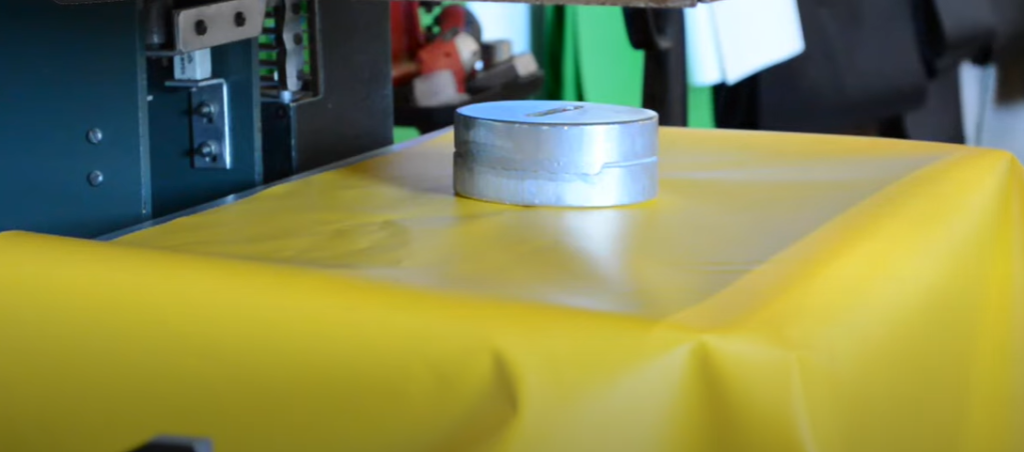
Snake Bunkers
Snake bunkers are long, narrow bunkers that resemble a snake when viewed from above. They provide players with low cover options and allow them to move quickly and stealthily across the field. Snake bunkers require agility and speed to use effectively, as they can leave players exposed if not used correctly [1].
How to make a DIY paintball bunker?
Making your own DIY paintball bunker can be a fun and cost-effective way to enhance your playing experience. Additionally, it gives you the freedom to customize your bunker according to your needs and preferences. Here are some tips and steps to guide you in creating your very own paintball bunker.
Tools and materials you may need
Before starting your DIY project, it’s important to gather all the necessary tools and materials. Some of these may vary depending on the type of bunker you want to make, but here are some general items you should have:
- Plywood boards or sheets
- Wooden stakes or posts
- Hammer
- Nails or screws
- Saw
- Measuring tape
- Paint or spray paint
- Sandbags, tires, or other materials for filling and stabilizing the bunker
Step 1: Determine the type of bunker you want to make
Firstly, take some time to carefully consider and decide on the specific type of bunker you want to create. There are several options to choose from, each with its own unique characteristics and advantages.
One option is a simple wall bunker, which provides a straightforward and effective form of protection. It offers a solid barrier against incoming projectiles and can be easily constructed using readily available materials.
Another option is an L-shaped bunker, which offers enhanced protection and strategic advantages. Its shape allows for greater coverage and versatility, providing multiple angles of defense. This type of bunker is especially useful in scenarios where you need to defend against attacks from different directions.
Lastly, a pyramid bunker offers a unique and sturdy structure. Its shape creates a strong foundation and stability, providing reliable protection even in challenging terrain. This type of bunker is commonly used in military operations and is known for its durability and resilience.
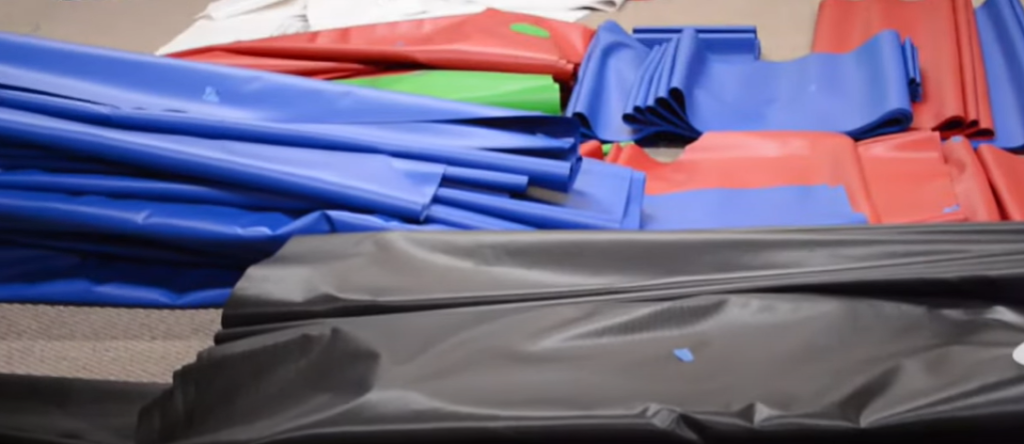
Step 2: Choose the location
Next, when choosing a suitable location for your bunker, it is important to consider several factors. Firstly, look for a spot that is relatively flat, providing a stable foundation for your bunker. Additionally, ensure that the location offers ample space for you to move around comfortably, as you may need to access different areas within the bunker.
Furthermore, take into account the direction of sunlight and wind when setting up your bunker. Positioning it in a way that avoids direct sunlight will prevent you from being blinded and maintain a more comfortable environment inside. Similarly, considering the prevailing wind patterns will help safeguard your bunker against the risk of being blown away during strong winds.
Step 3: Measure and cut the plywood
Once you have made the important decision on the type of bunker you want and carefully selected the perfect location, the next step is to meticulously measure and cut the plywood. Take your time to ensure precision as you use a saw to carefully cut the plywood according to the desired dimensions for your bunker walls. It is crucial to make sure that all the plywood pieces are of equal length, as this will greatly contribute to the overall stability of your bunker.
Step 4: Assemble the bunker walls
Using the wooden stakes or posts as the main supports, carefully begin assembling the walls by securely fastening them onto the plywood sheets. Whether you choose to use nails or screws, ensure a sturdy connection. To guarantee utmost stability, firmly anchor the stakes or posts into the ground, ensuring the structure is well-grounded.
Step 5: Add additional features
To make your bunker even more captivating and full of excitement, consider incorporating additional features that will enhance the challenge. For example, you could add intricately designed windows that allow just the right amount of light to filter through, creating an atmosphere of mystery. Install sturdy doors that require strategic thinking to unlock, adding an extra layer of thrill to the experience. For those seeking an extra level of difficulty, strategically place obstacles throughout the bunker, creating an exhilarating maze-like environment. These enhancements can be crafted using spare pieces of wood or other materials, allowing you to unleash your creativity and make your bunker a truly unique and immersive experience.
Step 6: Fill the bunker with stabilizing material
Once your bunker is assembled, it is crucial to ensure its stability and prevent shifting during gameplay. To achieve this, fill the bunker with sandbags, tires, or any other suitable filling material. The added weight and support provided by these materials will not only enhance the bunker’s stability but also create a solid foundation for an immersive and uninterrupted gaming experience. So, gather your preferred filling materials and transform your bunker into a fortified stronghold that will withstand any gaming challenge.
Step 7: Paint or decorate your bunker
Finally, take your DIY paintball bunker to the next level by adding a splash of vibrant colors or intricate camouflage designs. This creative touch will not only enhance its visual appeal but also ensure seamless integration with the natural surroundings, providing you with an immersive gameplay experience. So go ahead, unleash your artistic side, and transform your bunker into a true masterpiece that reflects your style and passion for the game [2]!
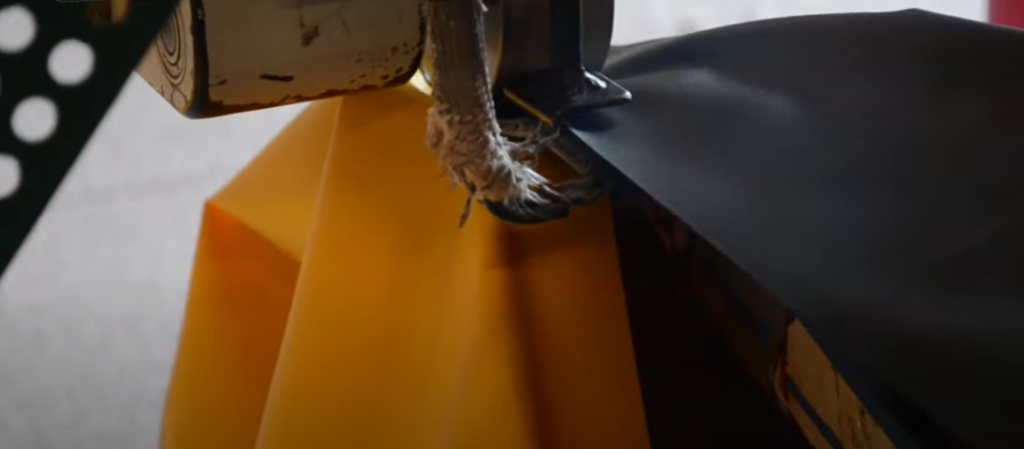
FAQ
What are the most effective types of paintball bunkers?
There are several factors to consider when determining the most effective types of paintball bunkers. The first factor to consider is the size of the bunker. Larger bunkers provide more cover and are more difficult for opponents to shoot around, making them more effective for defending a position.
Another important factor is the shape of the bunker. Bunkers with angled walls or multiple sides can provide better protection from different angles, while tall bunkers offer greater height advantage. The shape of the bunker also affects how easily it can be moved and repositioned on the field.
In addition to size and shape, the material of the bunker should also be considered. Inflatable bunkers are popular due to their ease of setup and portability, while hard plastic bunkers are more durable but may be heavier and more difficult to transport.
Ultimately, the most effective type of paintball bunker will depend on the specific needs and preferences of the players and the layout of the paintball field. Experimenting with different types of bunkers and finding what works best for your team can lead to a more successful game.
What is paintball bunkering?
Paintball bunkering is a strategic move in paintball where one player runs up to an opponent’s bunker and shoots them at close range. This tactic is typically employed when the bunkered player is unable to see or shoot the approaching player, giving them the element of surprise.
Bunkering can be a risky maneuver as it requires getting close to an opponent and exposes the player to being shot by other opponents. However, it can also be a highly effective tactic for eliminating players and gaining control of the field.
In addition to physical skill and agility, bunkering requires good communication and teamwork among players. Clear communication about positioning and movements on the field is crucial to successfully executing a bunkering maneuver.
What are paintball bunkers mostly made of?
Paintball bunkers can be made from a variety of materials, but the most common are inflatable or hard plastic. Inflatable bunkers are typically made from durable PVC or vinyl and are filled with air using an electric pump. These types of bunkers are popular due to their lightweight and portable nature.
Hard plastic bunkers, on the other hand, are generally made from heavy-duty plastic and can withstand rough play and varying weather conditions. These bunkers are often used for permanent or semi-permanent paintball courses.
There are also homemade bunkers made from materials such as plywood, tires, barrels, and hay bales. These types of bunkers may not be as durable or consistent in shape, but they can provide a unique and customizable playing experience. Ultimately, the material of a paintball bunker will depend on the needs and resources of the players and the type of game they are playing.
Overall, both inflatable and hard plastic bunkers have their own advantages and disadvantages, making them suitable for different scenarios in paintball games. It is important to consider factors such as durability, portability, and cost when choosing the type of bunker to use. Ultimately, having a good mix of both types can offer a well-rounded and versatile playing experience for paintball enthusiasts.
What are some tips for effectively using paintball bunkers?
- Use bunkers strategically: Instead of running to the nearest bunker, take a moment to assess your surroundings and plan out a route that will provide the most cover and allow for strategic movement.
- Communicate with your team: Clear communication is key in paintball, especially when using bunkers. Make sure to communicate your movements and any potential threats to your teammates.
- Utilize different types of bunkers: Don’t limit yourself to just one type of bunker. Experiment with different sizes and shapes to find what works best for your playstyle and the layout of the field.
- Keep moving: Bunkering can be an effective tactic, but it’s important not to stay in one spot for too long. Constantly repositioning and changing bunkers can throw off opponents and prevent you from becoming an easy target.
- Practice, practice, practice: Like any skill in paintball, effectively using bunkers takes practice. Set up drills and scenarios with your team to improve your bunkering skills and efficiency on the field.
With these tips in mind, you can become a more versatile and effective player when using paintball bunkers. Remember to always prioritize safety and have fun while playing! Overall, having a good mix of both types can offer a well-rounded and versatile playing experience for paintball enthusiasts.
Why is communication important in paintball?
Communication is crucial in paintball as it allows players to coordinate and strategize effectively on the field. It enables teammates to make quick decisions, call out opponents’ locations or movements, and plan out coordinated attacks.
In addition, clear communication can prevent friendly fire incidents and help avoid confusion during intense gameplay. Good communication also fosters teamwork and camaraderie among players, leading to a more enjoyable and successful game.
For bunkering specifically, communication is essential in executing the maneuver safely and effectively. It allows for coordination between the player attempting to bunker and their teammates who may be providing cover or distracting opponents.
Useful Video: How Do They Make Speedball Bunkers?
Conclusion Paragraph
Paintball bunkers are really important equipment for paintball game. They are not only used for protection and hiding, but also contribute significantly to the game strategy and tactics. With a variety of shapes, sizes, and materials, players can find bunkers that best fit their playing style and team strategies. Fortunately, you can make paintball bunkers yourself with simple and inexpensive materials, making it accessible for everyone to enjoy the game. This guide has hopefully provided you with the necessary information and instructions to create your own paintball bunkers, allowing you to have even more fun on the field.
References:
- https://www.streetdirectory.com/travel_guide/37823/recreation_and_sports/common_inflatable_paintball_bunkers.html
- https://pewpewpaint.com/homemade-paintball-bunkers/

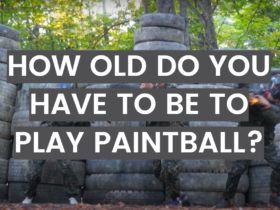
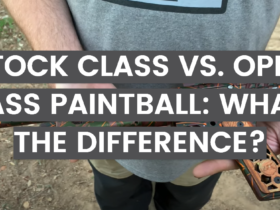


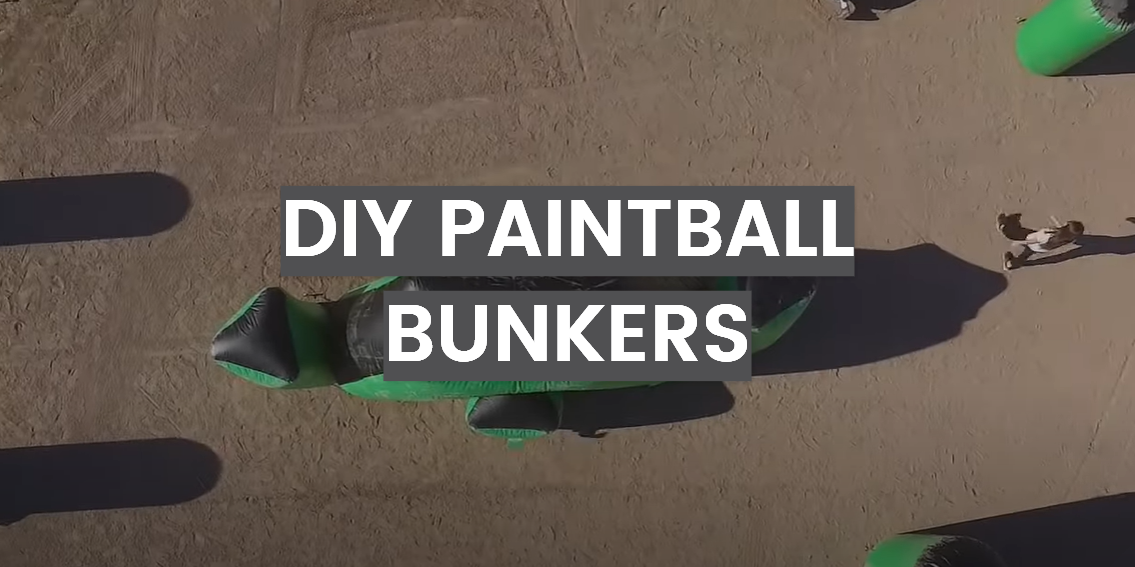
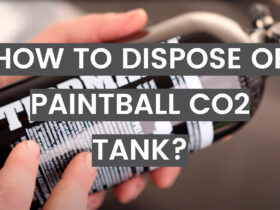
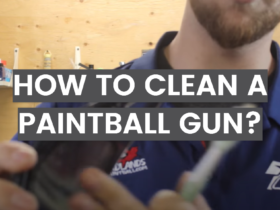
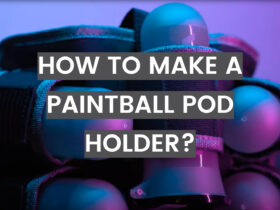

Leave a Review